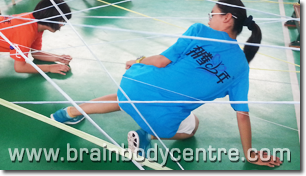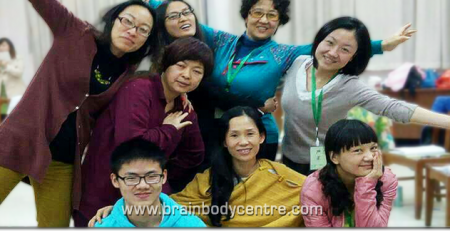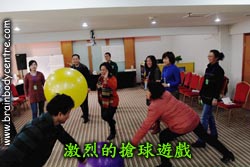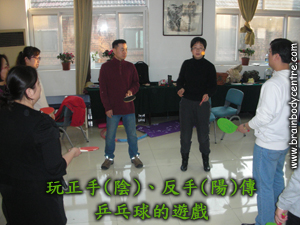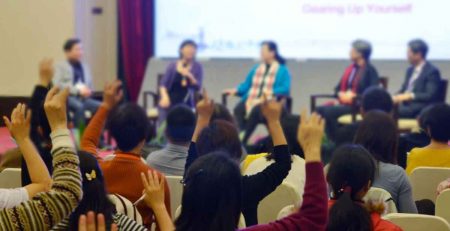The Sensory System Is One
Conrad Ho, Apr. 28, 2015, Hong Kong, China
Conrad Ho considers that learning involves three stages: the input, processing and output of information. Learning will not happen if any one stage is omitted. How does information go into the human body? Through senses, of course. Most people only know five senses: vision, hearing, touch, smell, and taste. But according to scientists and developmental specialists, they are just five of the eight senses that have greater influence on learning. These five are the basic exteroceptive long distance senses. There are three more that are interoceptive and near distance senses: proprioception, tactile, and the sense of balance. Furthermore, scientists think there are still 10 or more other senses (such as magnetoception). However, since their functions are more subtle, their influence on learning is not clear, they are not well recognised.
Going back to the most important five senses. Many people believe that it would be best to address a problem in a precise manner. It is most efficient to limit the effect within the target area accurately, without wasting any resources. If the target area is actually the source of the problem, then this way of thinking is correct. But is the target area in fact the source of the problem?
If one believes that a child who is easily tired by reading has vision problem, one would train the eyes vigorously. Or a child who does not understand what the teacher says has hearing problem and thus would work on hearing. First of all, we need to distinguish between the ability to see and vision, and the ability to hear and hearing. Eyes are mostly for seeing; ears are mostly for hearing. The occipital lobe of the cerebral cortex is for vision, and the temporal lobe is for hearing. The lack of understanding of what one reads or hears can be a vision problem, a hearing problem, or a problem of both vision and hearing. The sensory organ to be addressed can be very different.
Also, all the senses may not be operating independently on their own. Scientific research and facts point to one conclusion, that is, all the senses belong to one collective sensory system. Some of the functions (such as depth perception and perspective of vision) thought to be specific to a certain sense can in fact be performed by another sense.
How does this theory affect the analysis of senses? The cause of a problem relating a certain sense may be rooted in another sense. How does that affect the training of senses? To improve the function of a certain sense, it is best to train other senses as well. Take a simple daily life example, a person with myopia and slight presbyopia needs to take off one’s glasses before reading. When the phone rings, that same person needs to put on the reading glasses before talking over the phone. This fact shows that there is certain connection between vision and hearing. Vision supports hearing. It can also be said that they are different parts of the same sensory system.
That is why during the process of enhancing learning, apart from analysing the problem in a focused manner, it is better to examine it as part of the system to avoid missing the main points and wasting effort.






